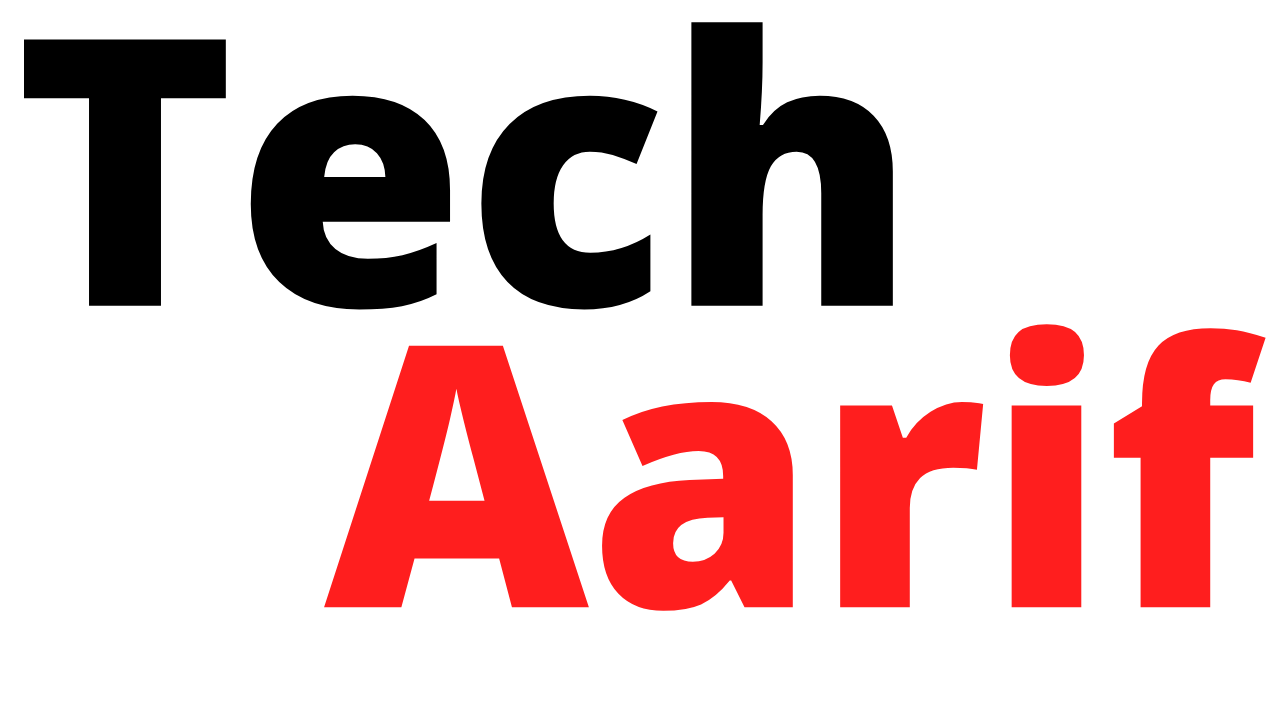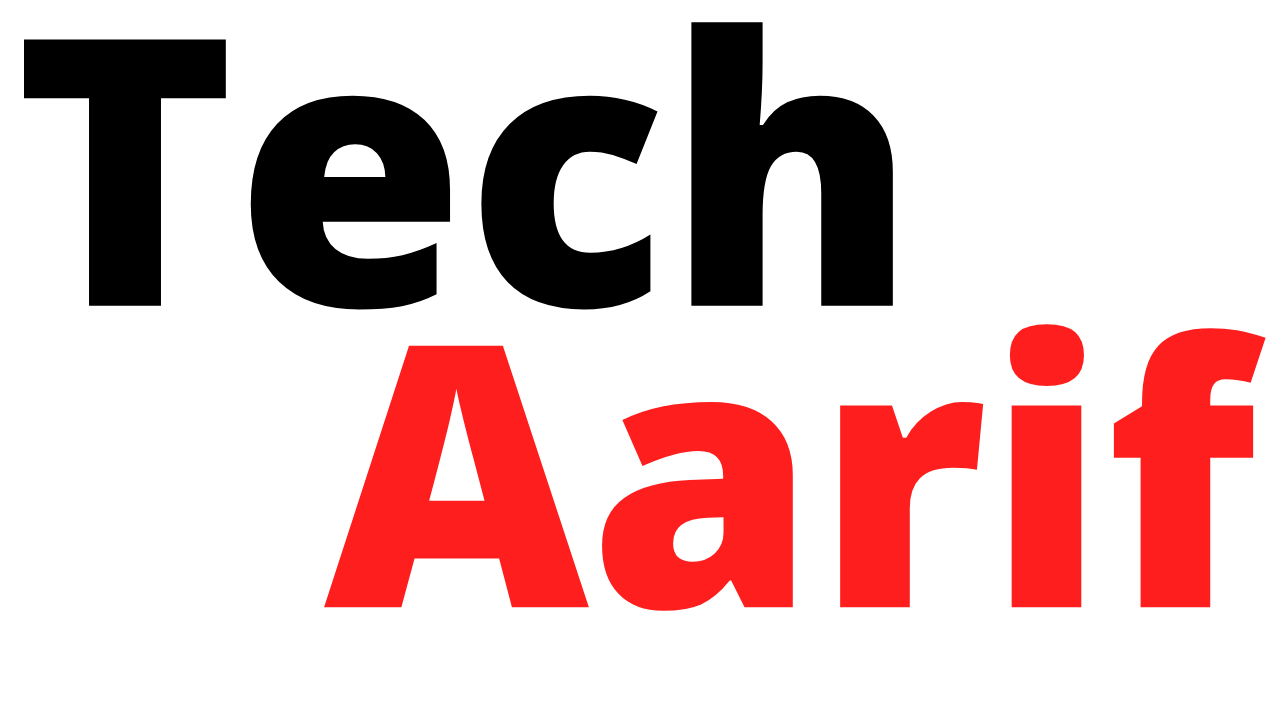Computer||कंप्यूटर एक डिजिटल इलेक्ट्रॉनिक मशीन है जिसे अंकगणित या तार्किक संचालन (गणना) के अनुक्रमों को स्वचालित रूप से करने के लिए प्रोग्राम किया जा सकता है। आधुनिक कंप्यूटर प्रोग्राम के रूप में ज्ञात संचालन के सामान्य सेट कर सकते हैं। ये प्रोग्राम कंप्यूटर को कई तरह के कार्य करने में सक्षम बनाते हैं।
एक कंप्यूटर सिस्टम एक "पूर्ण" कंप्यूटर है जिसमें हार्डवेयर, ऑपरेटिंग सिस्टम (मुख्य सॉफ़्टवेयर), और आवश्यक परिधीय उपकरण शामिल होते हैं और "पूर्ण" संचालन के लिए उपयोग किया जाता है। यह शब्द उन कंप्यूटरों के समूह को भी संदर्भित कर सकता है जो एक साथ जुड़े हुए हैं और एक साथ कार्य करते हैं, जैसे कि कंप्यूटर नेटवर्क या कंप्यूटर क्लस्टर।
Computer||कंप्यूटर
विभिन्न युगों के कंप्यूटर और कंप्यूटिंग डिवाइस - ऊपर बाईं ओर से दक्षिणावर्त:
प्रारंभिक वैक्यूम ट्यूब कंप्यूटर (ENIAC)
मेनफ्रेम कंप्यूटर (आईबीएम सिस्टम 360)
डेस्कटॉप कंप्यूटर (आईबीएम थिंकसेंटर S50 मॉनिटर के साथ)
सुपरकंप्यूटर (आईबीएम शिखर सम्मेलन)
वीडियो गेम कंसोल (निंटेंडो गेमक्यूब)
स्मार्टफोन (एलवाईएफ वाटर 2)
औद्योगिक और उपभोक्ता उत्पादों की एक विस्तृत श्रृंखला कंप्यूटर को नियंत्रण प्रणाली के रूप में उपयोग करती है। माइक्रोवेव ओवन और रिमोट कंट्रोल जैसे साधारण विशेष-उद्देश्य वाले उपकरण शामिल हैं, जैसे कि औद्योगिक रोबोट और कंप्यूटर-एडेड डिज़ाइन जैसे फ़ैक्टरी उपकरण, साथ ही सामान्य-उद्देश्य वाले उपकरण जैसे पर्सनल कंप्यूटर और मोबाइल डिवाइस जैसे स्मार्टफोन। कंप्यूटर इंटरनेट को शक्ति प्रदान करता है, जो अरबों अन्य कंप्यूटरों और उपयोगकर्ताओं को जोड़ता है।
प्रारंभिक कंप्यूटरों का उपयोग केवल गणना के लिए किया जाता था। अबेकस जैसे सरल हस्तचालित यंत्रों ने प्राचीन काल से लोगों को गणना करने में सहायता की है। औद्योगिक क्रांति की शुरुआत में, कुछ यांत्रिक उपकरणों को लंबे कठिन कार्यों को स्वचालित करने के लिए बनाया गया था, जैसे कि करघे के लिए मार्गदर्शक पैटर्न।
20वीं सदी की शुरुआत में अधिक परिष्कृत विद्युत मशीनों ने विशेष एनालॉग गणना की। द्वितीय विश्व युद्ध के दौरान पहली डिजिटल इलेक्ट्रॉनिक गणना मशीन विकसित की गई थी। 1940 के दशक के अंत में पहले सेमीकंडक्टर ट्रांजिस्टर के बाद 1950 के दशक के अंत में सिलिकॉन-आधारित MOSFET (MOS ट्रांजिस्टर) और मोनोलिथिक इंटीग्रेटेड सर्किट (IC) चिप तकनीकें आईं, जिससे 1970 के दशक में माइक्रोप्रोसेसर और माइक्रो कंप्यूटर क्रांति आई।
तब से कंप्यूटर की गति, शक्ति और बहुमुखी प्रतिभा नाटकीय रूप से बढ़ रही है, ट्रांजिस्टर की संख्या में तीव्र गति से वृद्धि हुई है (जैसा कि मूर के नियम द्वारा भविष्यवाणी की गई थी), जिसके कारण 20वीं सदी के अंत से 21वीं सदी की शुरुआत तक डिजिटल क्रांति हुई।2
Computer||कंप्यूटर
परंपरागत रूप से, एक आधुनिक कंप्यूटर में कम से कम एक प्रसंस्करण तत्व होता है, आमतौर पर एक माइक्रोप्रोसेसर के रूप में एक केंद्रीय प्रसंस्करण इकाई (सीपीयू), कुछ प्रकार की कंप्यूटर मेमोरी के साथ, आमतौर पर सेमीकंडक्टर मेमोरी चिप्स। प्रसंस्करण तत्व अंकगणित और तार्किक संचालन करता है, और एक अनुक्रमण और नियंत्रण इकाई संग्रहीत जानकारी के जवाब में संचालन के क्रम को बदल सकती है।
परिधीय उपकरणों में इनपुट डिवाइस (कीबोर्ड, चूहों, जॉयस्टिक, आदि), आउटपुट डिवाइस (मॉनिटर स्क्रीन, प्रिंटर, आदि), और इनपुट/आउटपुट डिवाइस शामिल हैं जो दोनों कार्य करते हैं (जैसे, 2000 के दशक की टचस्क्रीन)। परिधीय उपकरण बाहरी स्रोत से जानकारी प्राप्त करने की अनुमति देते हैं और वे संचालन के परिणाम को सहेजने और पुनर्प्राप्त करने में सक्षम बनाते हैं।
English translate-
A computer is a digital electronic machine that can be programmed to perform sequences of arithmetic or logical operations (calculations) automatically. Modern computers can perform general sets of operations known as programs. These programs enable the computer to perform a variety of tasks.
A computer system is a "complete" computer that includes the hardware, operating system (main software), and necessary peripheral equipment and is used for "complete" operations. The term can also refer to a group of computers that are linked together and function together, such as a computer network or computer cluster.
Computers and computing devices of different eras - clockwise from top left:
Early Vacuum Tube Computer (ENIAC)
Mainframe Computer (IBM System 360)
Desktop computer (with IBM ThinkCenter S50 monitor)
Supercomputer (IBM Summit)
Video game console (Nintendo GameCube)
Smartphone (LYF Water 2)
A wide range of industrial and consumer products use computers as control systems. Simple special-purpose devices such as microwave ovens and remote controls are included, such as industrial robots and factory equipment such as computer-aided designs, as well as general-purpose equipment such as personal computers and mobile devices such as smartphones. Computers power the Internet, which connects billions of other computers and users.
Early computers were used only for calculations. Simple hand-operated instruments such as the abacus have helped people calculate since ancient times. At the beginning of the Industrial Revolution, some mechanical devices were made to automate long difficult tasks, such as guiding patterns for looms.
In the early 20th century more sophisticated electrical machines performed specialized analog calculations. The first digital electronic counting machine was developed during World War II. The first semiconductor transistors in the late 1940s were followed by silicon-based MOSFET (MOS transistor) and monolithic integrated circuit (IC) chip technologies in the late 1950s, leading to the microprocessor and microcomputer revolution in the 1970s.
The speed, power, and versatility of computers have increased dramatically since then, with the number of transistors increasing rapidly (as predicted by Moore's Law), leading to the transition from the late 20th to the 21st century. By the beginning the digital revolution happened.2
Traditionally, a modern computer has at least one processing element, usually a central processing unit (CPU) in the form of a microprocessor, along with some type of computer memory, usually semiconductor memory chips. The processing element performs arithmetic and logical operations, and an indexing and control unit can change the order of operations in response to the stored information.
Peripheral devices include input devices (keyboards, mice, joysticks, etc.), output devices (monitor screens, printers, etc.), and input/output devices that perform both functions (eg, touchscreens of the 2000s). Peripheral devices allow information to be received from an external source and they enable the result of operations to be saved and retrieved.



.jpeg)







0 Comments